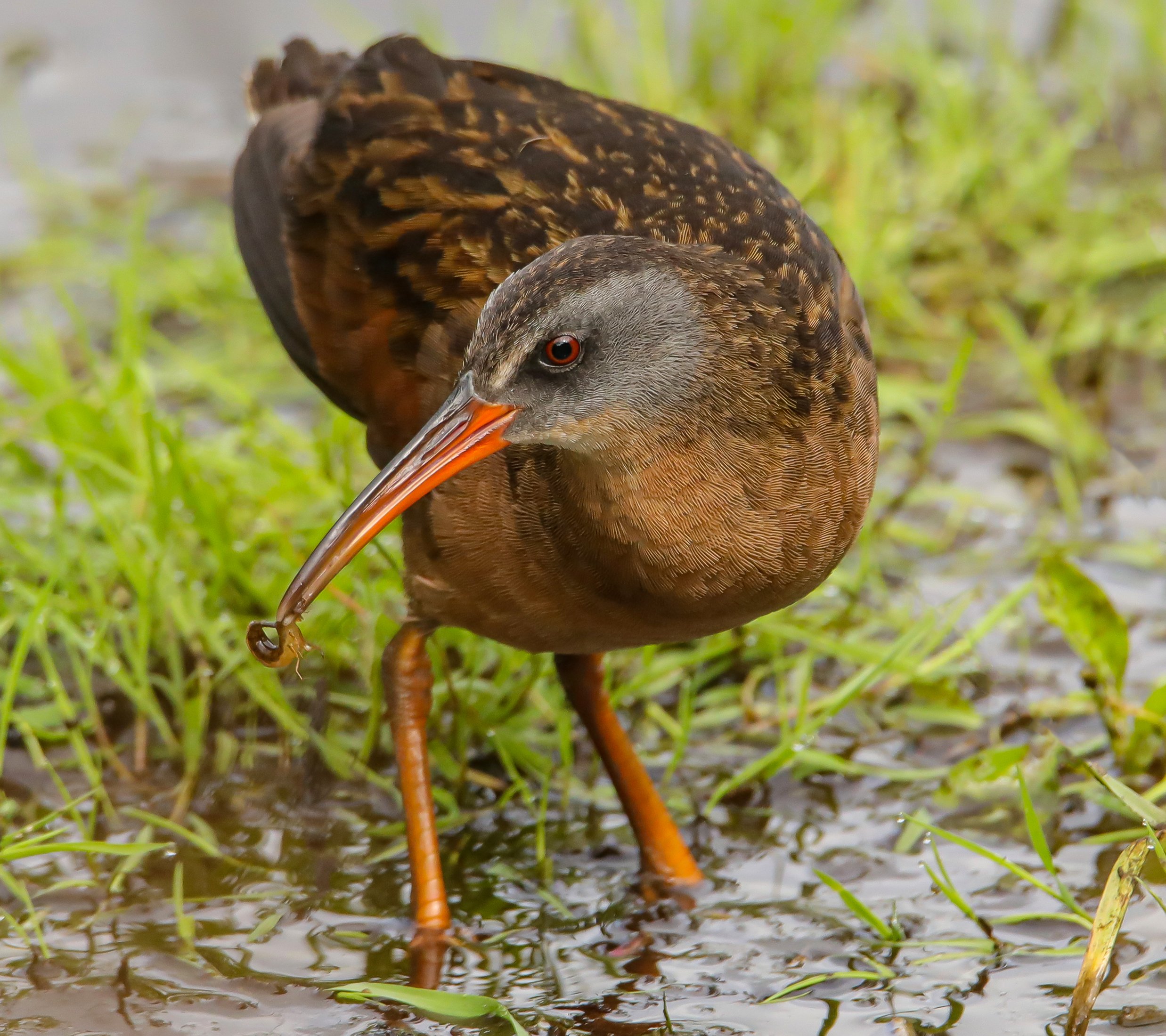King County Proposition 1, which would restore funding for the Conservation Futures program, will be on the ballot Nov 8, 2022. This program is one of the most important mechanisms for conserving undeveloped land within the county. The EAS Board of Directors will be discussing whether to formally endorse Proposition 1 at the September board meeting. The following offers background information for those interested.
King County has a long history of preserving and protecting our natural resources. Land conservation in King County—and 13 other counties—is largely funded by the Conservation Futures Program that the state created 50 years ago. However, the Conservation Futures program is currently generating only 50% of the original revenue limiting the capacity to conserve open space.
Over the past 40 years, King County has protected more than 100,00 acres of greenspace including waterways, forests, farmland (through the purchase of development rights), trails, in-holdings within public lands, and urban parks. Applications from the county, cities, or conservation groups are made to the Conservation Futures Advisory Board which assesses the requests and makes recommendations to the King County Executive. Generally, municipalities provide 50% of the funding with the remaining 50% coming from Conservation Futures grants. Examples of land preserved through Conservation Futures include Cougar Mountain, Bear Creek Waterways, Issaquah Creek Greenway, Evans Creek, and EasTrail.
With all this success, why do we need Proposition 1? The King County Land Conservation Initiative (LCI), a collaborative effort between the county, businesses, farmers, and environmental groups to preserve green space, has currently, identified 65,000 additional acres of undeveloped land with the goal of preserving them within the next 30 years. Continued development and increasing property values have made obtaining these natural areas for the public good more difficult. While property values have been increasing, funds from the property tax levy used for preserving land through acquisitions has been shrinking.
In 2001, the legislature capped property tax increases at 1%/year. This has brought down the Conservation Futures funding from 6.25 cents/ $1,000 to 3.12 cents in 2022 and will be only 2.84 cents in 2023. This halving of the funding has occurred while property values have increased which has significantly limited the ability to purchase land for conservation. Conservation Futures funding has simply not kept pace with property values of the remaining open spaces.
What does Proposition 1 do? If passed, Prop 1 will restore Conservation Futures funding back to the original $.0625 cents per $1,000 assessed property value. Cost for the average homeowner would be about $2 more per month. This $2 per month would double our ability to protect the most important open spaces within a single generation.
Why protect our remaining green space? Besides providing habitat for birds, protecting our remaining greenspace confronts climate change by protecting mature forests, adds equitable access to greenspace in underserved areas, preserves salmon habitat, protects more homes, farms, and roads from flooding, provides more land for recreation, and protects farmland from development.






























